Crop Rotation: [Concept, Examples, Advantages and History]
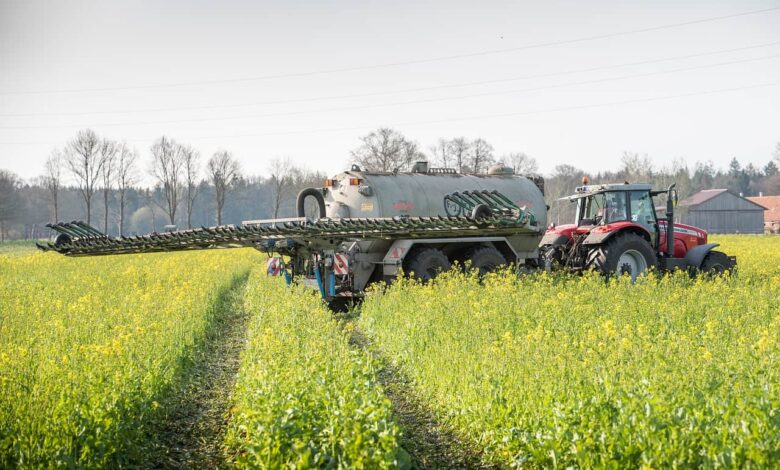
Planting the same crop in the same place for many years in a row gradually depletes the soil of certain nutrients and increases the risk of pests and possible weeds that prevent the growth of your plants in the garden.
With crop rotation, certain nutrients are replenished depending on the crops that are planted.
What is crop rotation?
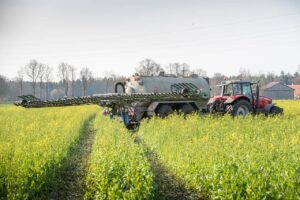 Crop rotation is a technique used in agriculture to alternate in the same place the different types of cultivated plants –different families with different nutritional needs–, with the aim of preventing the development of diseases that affect these crops and avoiding that the soil runs out of nutrients.
Crop rotation is a technique used in agriculture to alternate in the same place the different types of cultivated plants –different families with different nutritional needs–, with the aim of preventing the development of diseases that affect these crops and avoiding that the soil runs out of nutrients.
Through this system, diseases and pests are controlled to improve crops, preventing them from perpetuating at a certain time and in the same place.
Thus, if different species are planted on the same land simultaneously, the needs of each must be taken into account in irrigation, fertilization and maintenance.
It is a way to ensure the sustainability of the land by promoting crops that alternate year after year, maintaining the fertility of the soil.
To enhance the soil and reduce its wear, it is necessary to develop a strict planning and know the properties of each of the plants. In this way, the required benefits will be obtained.
Some of the things that planners should take into account are: the duration of the process, which averages four years; that the soil must rest for some time before being used again in the new production; and that there must be a division into groups of plants, sectorizing the garden for a correct distribution and good production.
Why is it important to rotate crops?
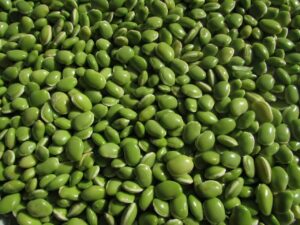 Crops have experienced considerable increases and this increase is reflected in the nutrient extraction rate, which has created a greater dependence on fertilizers; This results in damage to the soil and neighboring ecosystems, if not to groundwater.
Crops have experienced considerable increases and this increase is reflected in the nutrient extraction rate, which has created a greater dependence on fertilizers; This results in damage to the soil and neighboring ecosystems, if not to groundwater.
For this reason, there was a need to find a sustainable way to solve the problem through an action that would prevent the impact of the soil and other components of the environment, and nothing better for that than crop rotation.
Sustainable production
To achieve a sustainable production system, the model to be imitated is natural systems, which tend to maximize the capture of resources and the production of biomass while reducing the loss of nutrients to a minimum, while keeping the soil and soil covered. protect from erosion.
Therefore, a good rotation program must be productive, prevent soil erosion, minimize nutrient loss, resist pests and diseases, and ensure the benefit of each crop for the next.
The most important thing about this process is that the wear on the ground is minimized, because, when the rotation is developed in an expeditious and efficient way, the appearance of weeds is reduced because the soil is occupied uninterruptedly throughout the year.
With crop rotation, in addition, the development of a healthier soil is promoted by producing an increase in the humus reserve , when different plants alternate, which stimulates the action of microorganisms that are beneficial for the land.
What are the advantages of rotating crops?
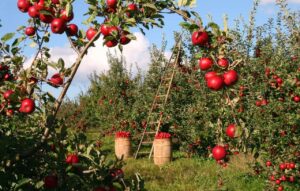 We could say that one of the main advantages is that with crop rotation biodiversity and soil properties are maintained.
We could say that one of the main advantages is that with crop rotation biodiversity and soil properties are maintained.
The maintenance of biodiversity results in the preservation of ecosystems in both plant and animal species and insects, which guarantees the performance of the nutrients of the substrate and that favors the use of the soil.
Other advantages of crop rotation are as follows:
Environmental protection
- Less use of fertilizers, which represents time saved and money saved in production and the reduction of the possibility of contaminating groundwater.
- Better plant nutrition, as there are fewer nutrient deficiencies.
- Naturally higher resistance to pests and diseases, leading to less use of pesticides and herbicides.
- Changing the crop tends to defeat the pest, as it will not have the same environment and most likely it will not return in the next phase.
- Diversification of production, one of the things that growers look for the most.
- Produces the reduction of water and wind erosion .
- Improvement of the content of organic matter in the soil.
- Reduction of weeds , pests and insects in crops.
- Improvement of crops in relation to monocultures.
- Improved drainage and aeration of the soil, which gives more stability and diversity to production.
- In the process, the incidence of pests and diseases is reduced because their life cycles are interrupted.
- Weed control is maintained, because, when soil temperature or humidity conditions do not allow it, the suffocating crop species or cover crops are used as green manure or winter crops .
- As deeper root crops extract nutrients deeper, there is a more adequate distribution of nutrients in the soil profile.
- It reduces the need for tillage, the use of machinery and prevents soil compaction.
What are the disadvantages of crop rotation?
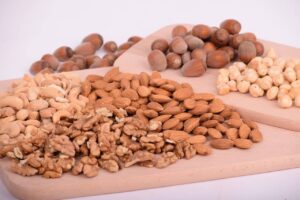 The disadvantages are related, above all, to production costs; some of these would be the following:
The disadvantages are related, above all, to production costs; some of these would be the following:
- More equipment is necessary because not all seeds can be planted with the same equipment.
- The same problem occurs at harvest, for different crops, different teams.
- The more crops there are, the more wisdom must be applied, because in each case one must know how to sow, how to cultivate, how to harvest, etc.
- There may be less financial return, since some crops are more expensive than others.
What examples are the most common in crop rotation?
There are different types of crop association.
- Mixed, randomly seeded.
- Interspersed, sows between one row and another, at a certain distance.
- In plots, interspersed by the strips.
Some rules …
There are rules for rotations, such as:
- Do not repeat crops from the same family, because they consume the same nutrients which depletes the soil.
- Order rotation based on nutrient requirement.
- Crops must be interspersed because that way resources are optimized.
Demanding and undemanding crops
 Crop rotation can be done, for example, between demanding and non-demanding crops.
Crop rotation can be done, for example, between demanding and non-demanding crops.
Among the demanding we have chard , cabbage, corn , pumpkin ; and among the non-demanding, legumes such as soybeans , lentils , chickpeas , and green manures.
We must combine the crops in an appropriate way, so that they allow the optimal performance and use of the nutrients of the demanding plants to enrich the land.
Cabbage and carrots
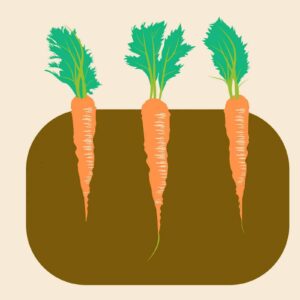 One of the examples reported is that of the rotation of cabbages and carrots with the aim of reducing the danger of the appearance of pests and diseases.
One of the examples reported is that of the rotation of cabbages and carrots with the aim of reducing the danger of the appearance of pests and diseases.
If we only grow cabbages in a field, pests that attack this type of plants would end up appearing, the same situation that would arise if we only sow carrots.
But by alternating between the two species, the control becomes more expeditious, simpler and the use of pesticides is eliminated.
The importance of crop rotation also lies in keeping the soil covered, taking advantage of the cultivation time, the biological balance, the incorporation of stubble once the harvest has been carried out at a minimum cost of production, sustainability and soil fertility.
Corn with legumes
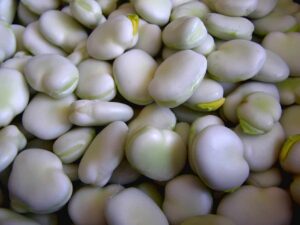 Another example is the rotation of corn with legumes. Corn has a high requirement for nitrogen and phosphorus , and if corn is grown year after year, it will be necessary to supply more of these nutrients in fertilization.
Another example is the rotation of corn with legumes. Corn has a high requirement for nitrogen and phosphorus , and if corn is grown year after year, it will be necessary to supply more of these nutrients in fertilization.
So, if it is rotated with a legume, such as beans , which is a nitrogen-fixing species, corn can take advantage of the content and availability of this macronutrient that improves soil fertility.
Who Invented Crop Rotation?
 Crop rotation is known as the Norfolk system, because it began in 1730 at Lord Townshend’s estate in Norfolk, UK.
Crop rotation is known as the Norfolk system, because it began in 1730 at Lord Townshend’s estate in Norfolk, UK.
Lord Townshend had been Secretary of State of England and ambassador in Holland and during his stay in this country he observed the characteristics of the sowing in the region.
When he retired from the diplomatic career, he dedicated himself to sowing on his properties. Starting by draining the soil and fertilizing it, he started the crops in regular rotations without depleting the land.
In this way he sowed meadows and fodder for livestock without rendering the land unproductive.
Through the four-year rotation, following the order of wheat , turnips , barley and alfalfa , productivity increased.
Lord Townshend’s proposal was taken to the British Crown and from there to the nobility, where it was received with great receptivity as they themselves verified, by their own hand, the effectiveness of the sowing following this procedure.
For this reason, Lord Townshend is considered the inventor of crop rotation, as his formulas are still applied today in countless countries.


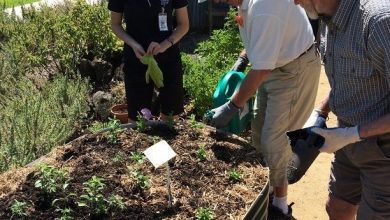
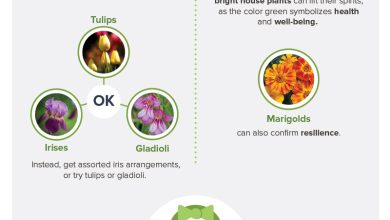
![Photo of Anthurium: [Cultivation, Irrigation, Care, Pests and Diseases]](https://www.complete-gardening.com/wp-content/uploads/2022/08/anthurium-cultivation-irrigation-care-pests-and-diseases-390x220.jpg)